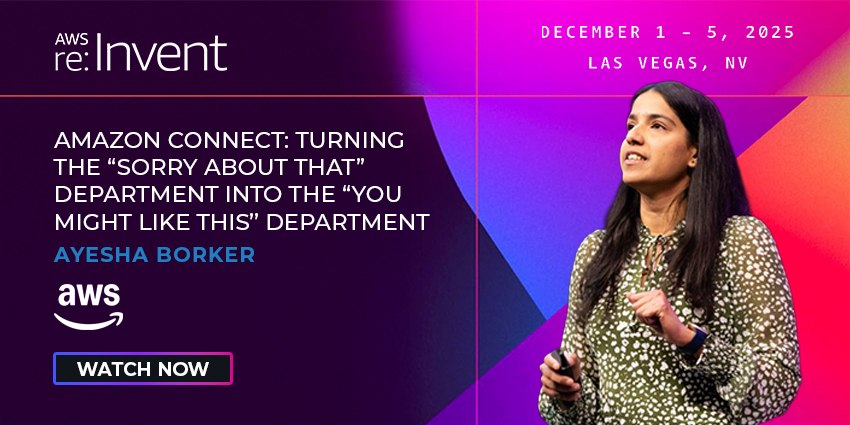Amazon is expanding its accessibility efforts, introducing a new customer service option in French Sign Language (Langue des Signes Française, or LSF).
Deaf and hard-of-hearing customers who use LSF can now connect with Amazon’s customer service team through a video call.
They can start a call via the “accessibility help page” or “Contact Us” section on the Amazon website using a computer, smartphone, or tablet equipped with a camera. No special software is required.
The service connects users with professional LSF interpreters who facilitate real-time communication with Amazon support agents.
Amazon plans to extend the service to fully cover its customer service opening hours in France from 06:00 to midnight daily and to integrate French Cued Speech (Langage Parlé Complété, or LPC) by October 2025.
Cued speech helps deaf or hard of hearing people to distinguish sounds to better understand a speaker when lipreading.
The company already uses its Mobile Amazon Video Interpreting Stations (MAVIS) internally to provide virtual sign language interpreting for its deaf and hard-of-hearing employees in Europe, so that they can access services and communicate with colleagues in their primary language.
Yet, extending sign language support to its customers is a massive step in making customer support more accessible.
The French National Federation of the Deaf (FNSF) estimates that 100,000-200,000 people use LSF in France as their primary way of communicating. While many deaf people in France can read and write French, written French is often their second language. By offering access to its customer support services in LSF, Amazon ensures that these customers can explain their needs clearly and receive help without a language barrier.
“This initiative reflects our commitment to creating inclusive experiences for all our customers,” said Samira Bejnouni Terlier, Head of Customer Experience in France at Amazon.
We want everyone to be able to benefit from the same level of support, regardless of how they communicate.
Given this objective, Amazon may grow the program across Europe, as it did with its virtual sign language interpreting services for employees, and perhaps further afield over time.
Empowering Customers Through Inclusive Service
As customer expectations around the availability and efficiency of customer support increase, providing enhanced accessibility is key to customer satisfaction.
Offering the option to use sign language in customer service interactions will help companies like Amazon identify and better serve vulnerable customers.
Relying on written communication with deaf and hard-of-hearing customers can present challenges, particularly when dealing with complex issues like account troubleshooting, returns, or billing. Moreover, decision trees that default to calling the customer over the phone to solve problems cause frustration.
Services that support sign language via video enable customers to interact independently without having to rely on third parties like family members, which is becoming increasingly tricky with new customer authentication methods. Instead, helping vulnerable customers resolve problems on their own terms promotes independence and self-confidence.
It can also facilitate faster problem resolution, as live interpretation via video allows for immediate, back-and-forth dialogue, so that support agents can resolve issues faster than through written communication.
Ultimately, this improves the customer experience and builds trust and loyalty, as customers who feel seen and supported are more likely to become repeat customers and recommend the company to others.
Additionally, empowering customers by removing barriers to communication, such as by providing support in sign language, demonstrates a commitment to equality beyond mere compliance.
By providing sign language support, companies like Amazon set an example for other businesses to follow, helping to normalize accessibility in mainstream services.







